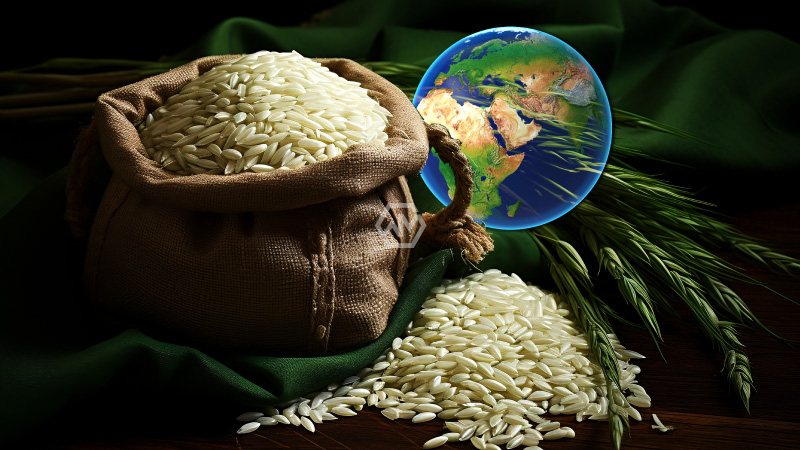- The cost of the staple has increased due to severe weather and export limitations.
- Approximately 1,800 delegates are in Manila for the International Rice Congress, primarily from Asia and Africa.
- The price of rice has not been this high globally in 15 years.
In the Philippines, scientists and government representatives from forty different nations are exchanging ideas on how to lower the skyrocketing cost of rice. The cost of the staple has increased due to severe weather and export limitations enforced by certain countries.
Approximately 1,800 delegates are in Manila for the International Rice Congress, primarily from Asia and Africa. The four-year forum got underway on Monday.
Cost of rice
To maintain global food security, Philippine President Ferdinand Marcos Jr. called for cooperation while pointing out that his nation is a significant importer of rice.
To compare policies, exchange ideas for enhancing global rice value chains, and introduce improved practices and technology, he underlined the necessity of holding a congress.
The price of rice has not been this high globally in 15 years. The world’s largest exporter, India, halted exports to other countries in July due to extreme heat and heavy rain that hurt rice production there.
The significance of using scientific methods to address the issue was emphasized by the participants.
Science, according to a Philippine representative of an international research agency, would make it possible to create “good rice varieties that can address the climate issues that we are facing now.”
Market developments and trade restrictions are top priorities. Research on the application of cutting-edge technology, such as drones and artificial intelligence, in agriculture, will also be covered by participants.



